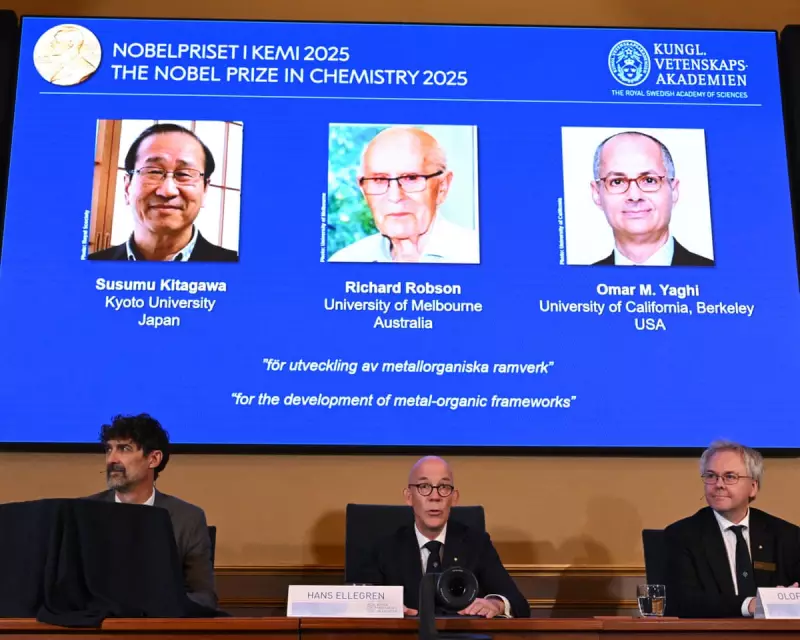
In a stunning announcement from Stockholm, the 2025 Nobel Prize in Chemistry has been awarded to three visionary scientists whose work on porous materials is set to revolutionise multiple industries. The prestigious award recognises decades of pioneering research that has opened new frontiers in materials science.
The Laureates Behind the Breakthrough
The Royal Swedish Academy of Sciences honoured Professors Omar M. Yaghi, Susumu Kitagawa, and Michael O'Keeffe for their independent yet complementary work developing metal-organic frameworks (MOFs) and other porous materials. These remarkable structures contain microscopic holes that can trap, store, and separate different molecules with unprecedented precision.
Why This Discovery Matters
These aren't just ordinary materials – they're molecular sponges with extraordinary capabilities. What makes MOFs so revolutionary is their incredible surface area: just one gram of these materials can cover an entire football pitch when unfolded. This property makes them perfect for numerous applications:
- Clean Energy: Storing hydrogen and natural gas more efficiently for greener transportation
- Environmental Protection: Capturing carbon dioxide from industrial emissions
- Healthcare: Delivering drugs precisely to targeted areas in the body
- Water Purification: Removing pollutants and contaminants from drinking water
A Scientific Journey Decades in the Making
The path to this Nobel Prize began in the 1990s when the laureates started exploring how metal ions could connect with organic molecules to create stable, porous structures. Professor Yaghi, speaking after the announcement, expressed his amazement at how their fundamental research has evolved into practical solutions for global challenges.
"We started with simple curiosity about how molecules assemble," Yaghi remarked. "To see this work recognised and to know it's helping address critical environmental and energy issues is profoundly moving."
The Future Impact
This Nobel Prize highlights how basic scientific research can lead to transformative technologies. The committee emphasised that these porous materials represent a new class of substances that will likely become as fundamental to chemistry as plastics became in the 20th century.
With applications spanning from combating climate change to advancing medical treatments, the work of these three laureates demonstrates how chemistry continues to provide solutions to some of humanity's most pressing challenges.





